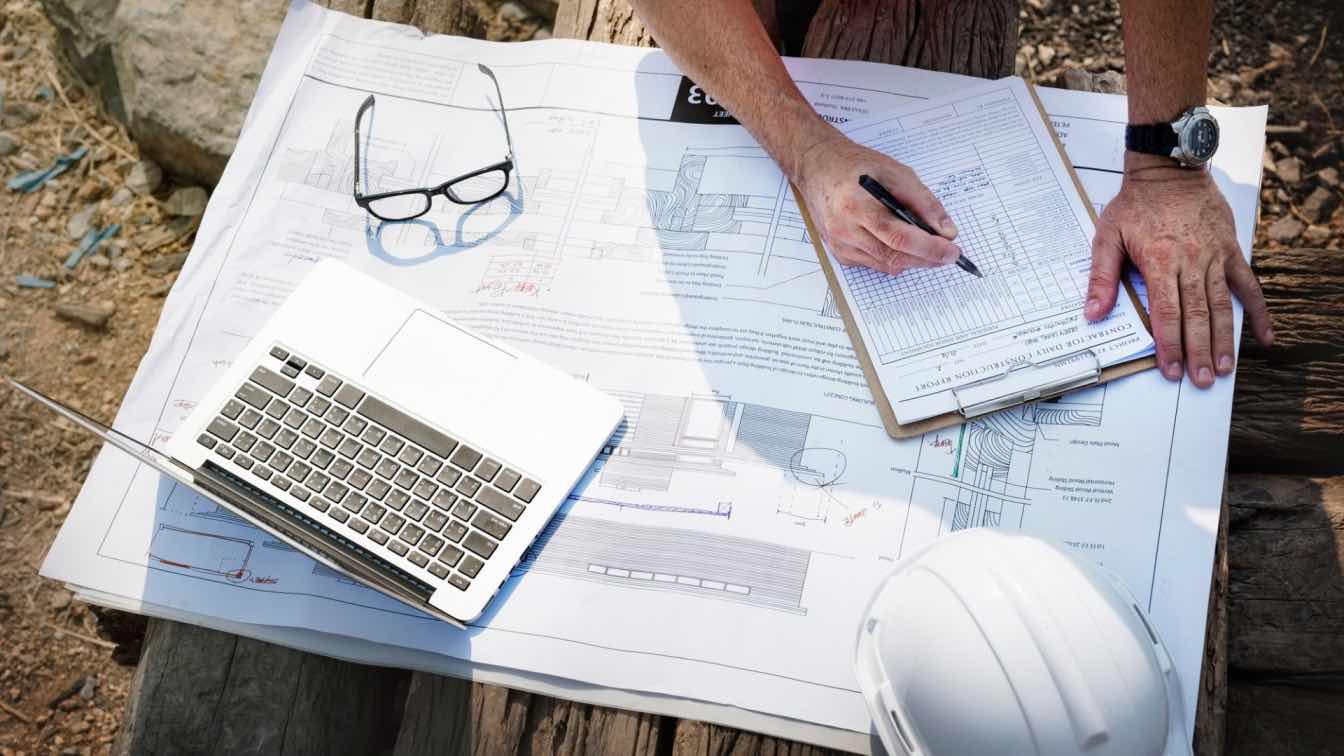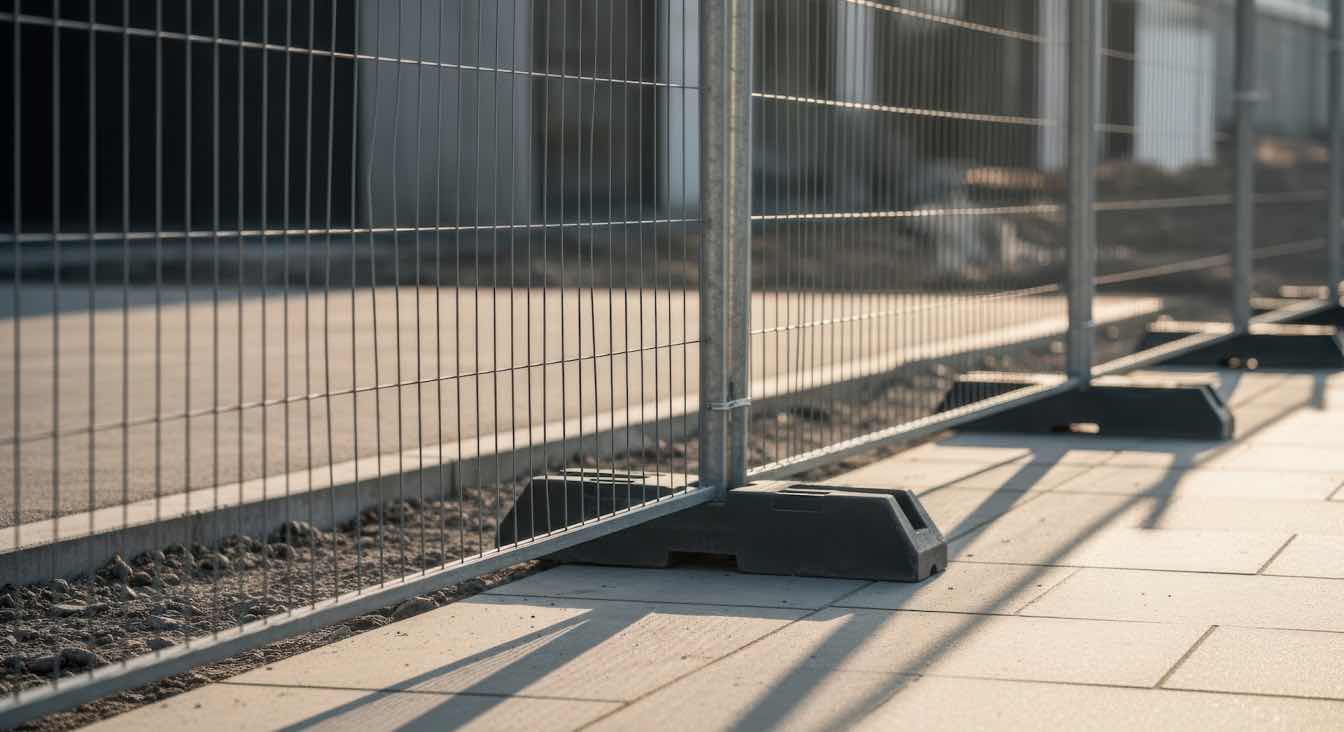Most project evaluation forms for architecture workflows were not made with design input in mind. They focus on timelines and budgets but leave out how it works for the next roles in the project workflow.
While functionality and basic criteria are important, they fail to capture the deeper elements that define a project’s success. Important architectural considerations (e.g., UX design, environmental responsiveness, and performance) are frequently treated as secondary rather than the focus.
And without proper evaluation, design flaws persist and valuable insights are overlooked. Projects may meet aesthetic or technical benchmarks on paper, yet fall short for those who interact with the spaces daily. This disconnect frustrates architects and limits a project’s potential.
But it doesn’t have to be this way. This write-up will examine the gaps in evaluation methods on architectural projects, propose actionable fixes, and offer an effective accessibility solution through QR code forms.
Why architectural deliverables must be reflected in evaluation forms
Architecture isn’t just blueprints — it’s lived experience. Designs influence human interaction, energy efficiency, and adaptability. Ignoring this in project evaluation forms reduces the process to judging a book by its cover.
Architectural deliverables reveal design intent and quality. They show how a building interacts with its environment, serves users, and evolves over time. Without these elements reflected in project evaluation forms, evaluations miss what truly defines great architecture.
The cost is repeated flaws, stifled innovation, and feedback loops focused only on logistics, not livability. If we only measure what’s easy, progress stalls. It’s time to evaluate what matters.
What’s missing from most project evaluation forms
Simplified access and usability
A lot of evaluation forms feel clunky, outdated, or just plain hard to use, especially for people outside of project management roles. Architects, consultants, and clients often find themselves wrestling with forms that aren’t intuitive or accessible. Feedback becomes a chore when tools are only available on desktops or tied to specific software. And that means missed insights.
Qualitative feedback fields
Yes, metrics like budget and timelines matter. But design isn’t just about numbers. What about how the space feels? Does it inspire or empower the people occupying it?
These questions don’t fit into a checkbox. They need space for open comments, reflections, and personal impressions. Too often, forms skip this part. However, when we leave out qualitative input, we also leave out stories that show whether the architecture truly worked.
Design phase-specific criteria
Concept design, schematics, development, and documentation: each phase has its own purpose and challenges. Yet many evaluation forms treat the entire project as one big block without distinguishing between these stages. When that happens, it’s hard to tell which part of the process succeeded and where things could’ve gone better.
Stakeholder input
Here’s a major blind spot: the people who use, maintain, or manage the building daily are often left out of the feedback loop. Facility managers, end-users, and even members of the surrounding community have valuable perspectives. By not including them, we miss some useful insights.
Long-term performance indicators
Most evaluations stop once the building is handed over. However, the quality only shows over time. Was the natural lighting strategy effective after six months? Did the space remain flexible as user needs evolved?
Without follow-up evaluations or ongoing metrics, we miss key information about how a building performs long-term. That weakens our ability to learn and improve.
Digital tools to capture architectural metrics
Architecture is data-driven now, but most evaluations lag behind. There’s often no integration with Building Information Modeling (BIM) systems, no use of sensors, and no real-time data tracking to understand how spaces are actually used. This disconnect leaves design outcomes based on anecdotal evidence instead of measurable data.
Solutions to bridge the gaps
Mobile-friendly accessibility
According to the International Telecommunication Union (ITU), there are 8.58 billion mobile subscriptions worldwide—a number that strongly supports the case for making digital tools, including evaluation forms, mobile-friendly.
The more accessible your form is, the more responses you will get, and the richer your insights will become. Ease of use = more data = better decisions.
For instance, when stakeholders, such as on-site contractors or busy clients, can quickly provide project feedback using their phones, the process becomes far more efficient and inclusive.
So, how do you make your forms mobile-friendly? One way is through QR code accessibility. Here’s how you can make a form QR code:
1. Use a form-making tool to start creating your form. You can use a pre-made form template or start from scratch.
2. Include the essential evaluation fields, like questions and comment fields.
3. Match your form visuals with your branding. Preview and finalize your design.
4. Create the QR code linking directly to your form, and customize it to match your branding.
5. Download the QR code and share it online or print it for physical distributions.
6. Track scans and submissions via the form builder's dashboard.
Cloud-based collaboration
Cloud tools like Notion, Airtable, or Miro allow real-time collaboration and central data storage. This makes it easy for architects, engineers, and stakeholders to contribute from anywhere, without version control issues or lost files.
Cloud platforms also allow forms to evolve alongside the project, rather than being a static document.
Open-ended prompts
Don’t just ask “Was the project completed on time?” Ask things like:
1- “Describe a moment where the design made an impact.”
2- “How does the space cater to your daily routines?”
3- “What unexpected challenges with the space design?”
These prompts allow the full story of the building’s performance rather than just checking off metrics.
Role-based access control
Different people bring different insights. A building manager might notice issues that a project manager won’t. A user might have feedback that a designer hadn’t considered.
By giving role-specific access to forms, with tailored questions for each role, you get more relevant insights from each group without overwhelming them.
Real-time sync with project dashboards
Linking evaluation forms with live project dashboards (via tools like Power BI, Smartsheet, or Trello) means data isn’t just collected — it’s used. Teams can visualize feedback trends, track design KPIs, and make timely course corrections.
But it goes further than just visibility. With real-time sync, everyone on the team stays on the same page. Any updates or changes are instantly reflected, allowing collaboration across roles and departments. It reduces miscommunication and delays, thus making feedback part of the project’s workflow.
Post-Occupancy Evaluations (POE)
Post-Occupancy Evaluations are structured evaluations that occur months or even years after handover. They assess the building’s energy efficiency, user satisfaction, and space utilization performance. Embedding POEs into your evaluation workflow ensures that long-term architectural value is accounted for, not just the short-term win of project completion.
Integrate BIM and sensor technology
BIM systems already hold much useful data. When connected to smart sensors for air quality, lighting, and usage patterns, you can collect real-time feedback on how the space works. Add this data to your evaluation forms, and you’ll do more than just ask, 'Did it work?'—you’ll track how it performs daily.
Enhance your projects with effective QR code forms for evaluations
Most project evaluations miss what matters in the architecture inputs, weakening design quality. When evaluations don’t capture how people actually use and experience a space, teams miss critical insights that could improve future projects.
The frustration architects feel with conventional evaluation forms is justified. But fixing them is straightforward: First, ask the people using the space what they think. Second, a form creator can build flexible forms that connect to design tools like BIM. Third, look beyond number ratings — written feedback matters too.
Treat evaluations as design tools, not just formalities. Realign your evaluation process to capture what truly matters.
Improve your project evaluations with these strategies!





